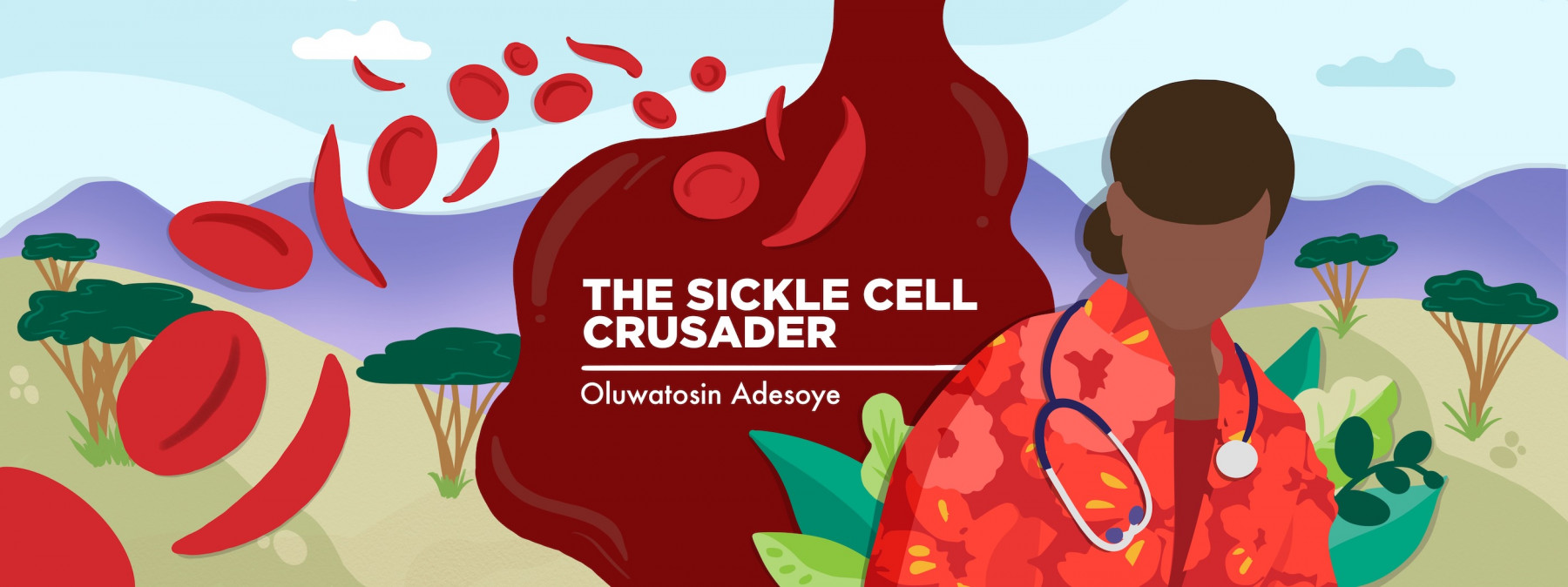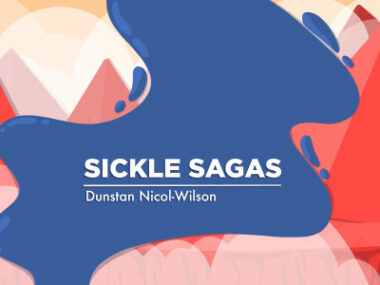Understanding the triggers of a sickle cell pain crisis
It's crucial to recognize how different factors contribute to my symptoms
Written by |

In people with sickle cell disease, episodes of pain are often referred to as sickle cell crises and can lead to frequent hospitalizations. These crises may be precipitated by various triggers.
As I matured, I became aware of what triggers a crisis for me. I learned to steer clear of some and manage the rest to the best of my abilities.
My most common triggers during childhood were stress, exposure to cold, physical exertion, and infection. Even minimal exposure to cold air would swiftly lead to a severe crisis lasting at least five days. Additionally, activities such as walking, dancing, or participating in physical education classes with my peers often resulted in significant pain. Moreover, any infections, including malaria, bouts of catarrh, or respiratory infections, usually led to subsequent crises.
During my teenage years, I began to recognize how my emotional state could trigger sickle cell crises, with fear, anxiety, sadness, panic, anger, and overwhelming excitement serving as catalysts. Even with medication, I realized that these episodes wouldn’t subside until I regained emotional control and calmed down.
I also noticed that emotions such as sadness and depression didn’t trigger sudden pain crises like fear and anxiety did; rather, they contributed to a gradual decline in my health, increasing the frequency of my sickle cell crises over time.
Another common trigger during my teenage years was sleep deprivation. As a night owl who preferred reading after dark, I discovered that inadequate sleep consistently resulted in crises, particularly during my university years. As a medical student, I couldn’t manage the extensive volume of reading without staying up at night. This took a toll on my health, prompting me to determine the minimum amount of sleep I needed to avoid a crisis the next day.
After experimenting, I found that two hours of sleep during the day and four at night were enough for me to avoid a sleep deprivation-induced crisis. This schedule shaped my study habits in medical school. However, it’s important to note that this approach isn’t ideal. It’s advisable for sickle cell patients to aim for at least eight hours of sleep a night to maintain optimal health.
Menstrual cramps: A frightening trigger
As an adult living with sickle cell, the most distressing trigger for me has been menstrual cramps. I attained menarche at 13 years old, and I’ve always experienced associated menstrual pain, which I used to be able to manage with oral analgesics. However, in my late 20s, these cramps escalated into a significant trigger for major and, at times, life-threatening sickle cell crises. Following medical evaluations ruling out other potential causes for such severe menstrual pain, sickle cell disease emerged as the sole culprit.
During these severe crises, which typically last about an hour, I experience frightening symptoms such as severe back and abdominal pain, extreme weakness, excessive sweating, alternating constipation and diarrhea, difficulty breathing, and sometimes apnea.
These episodes are unresponsive to pain medication and only subside about 15 or more minutes after I completely empty my bowels. It’s a scary experience, and I often have to endure this monthly. Sometimes I’m fortunate enough to have periods without experiencing these episodes.
A substantial number of female sickle cell patients find themselves in the emergency room due to crises triggered by menstrual cramps, an aspect of the disease that remains inadequately investigated. Hopefully, more enlightening research will be conducted soon on how menstrual pain triggers sickle cell crises and relates to the disease more generally.
Other crisis triggers
Numerous factors can trigger sickle cell crises, and understanding and managing these has enabled me to reduce the frequency of my crises. Additional triggers may include dehydration, alcohol consumption, smoking, exposure to excessive heat, fever, pregnancy, obstetric deliveries, rigorous sexual activity, coexisting medical conditions that are not properly managed, living in high-altitude areas, mountain climbing, flying in unpressurized aircrafts, surgery, and dental procedures. Some people also experience additional triggers unique to them.
In conclusion, understanding, preventing, and managing triggers is pivotal in reducing the frequency of sickle cell pain crises. While this understanding is priceless, it’s equally important to acknowledge that a crisis can occur with or without external triggers due to the self-enabling nature of the sickling process. It’s important to refrain from blaming sickle cell warriors for their pain. Empathy and support remain essential for those navigating the complexities of the disease.
Note: Sickle Cell Disease News is strictly a news and information website about the disease. It does not provide medical advice, diagnosis, or treatment. This content is not intended to be a substitute for professional medical advice, diagnosis, or treatment. Always seek the advice of your physician or other qualified health provider with any questions you may have regarding a medical condition. Never disregard professional medical advice or delay in seeking it because of something you have read on this website. The opinions expressed in this column are not those of Sickle Cell Disease News or its parent company, Bionews, and are intended to spark discussion about issues pertaining to sickle cell disease.






Leave a comment
Fill in the required fields to post. Your email address will not be published.